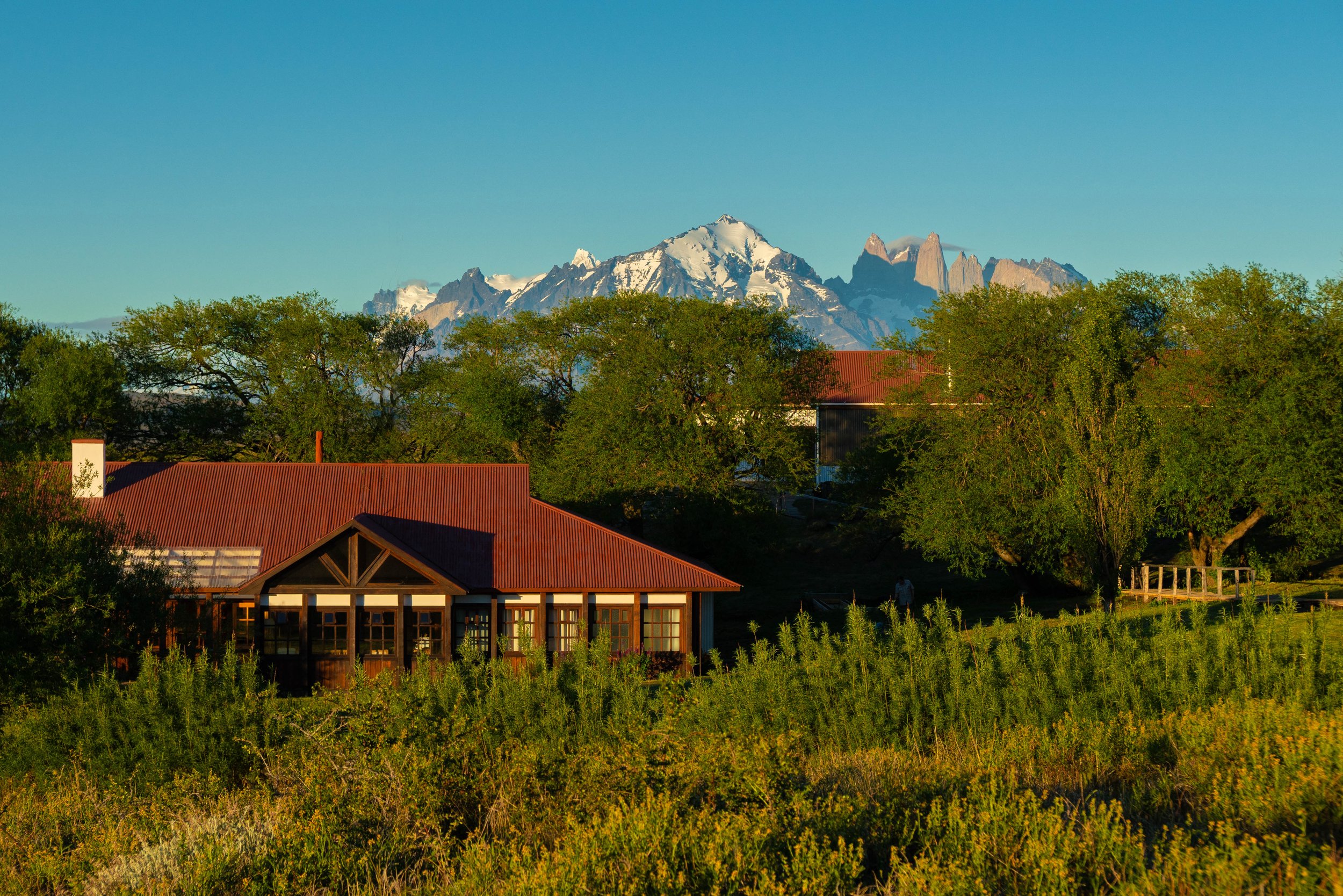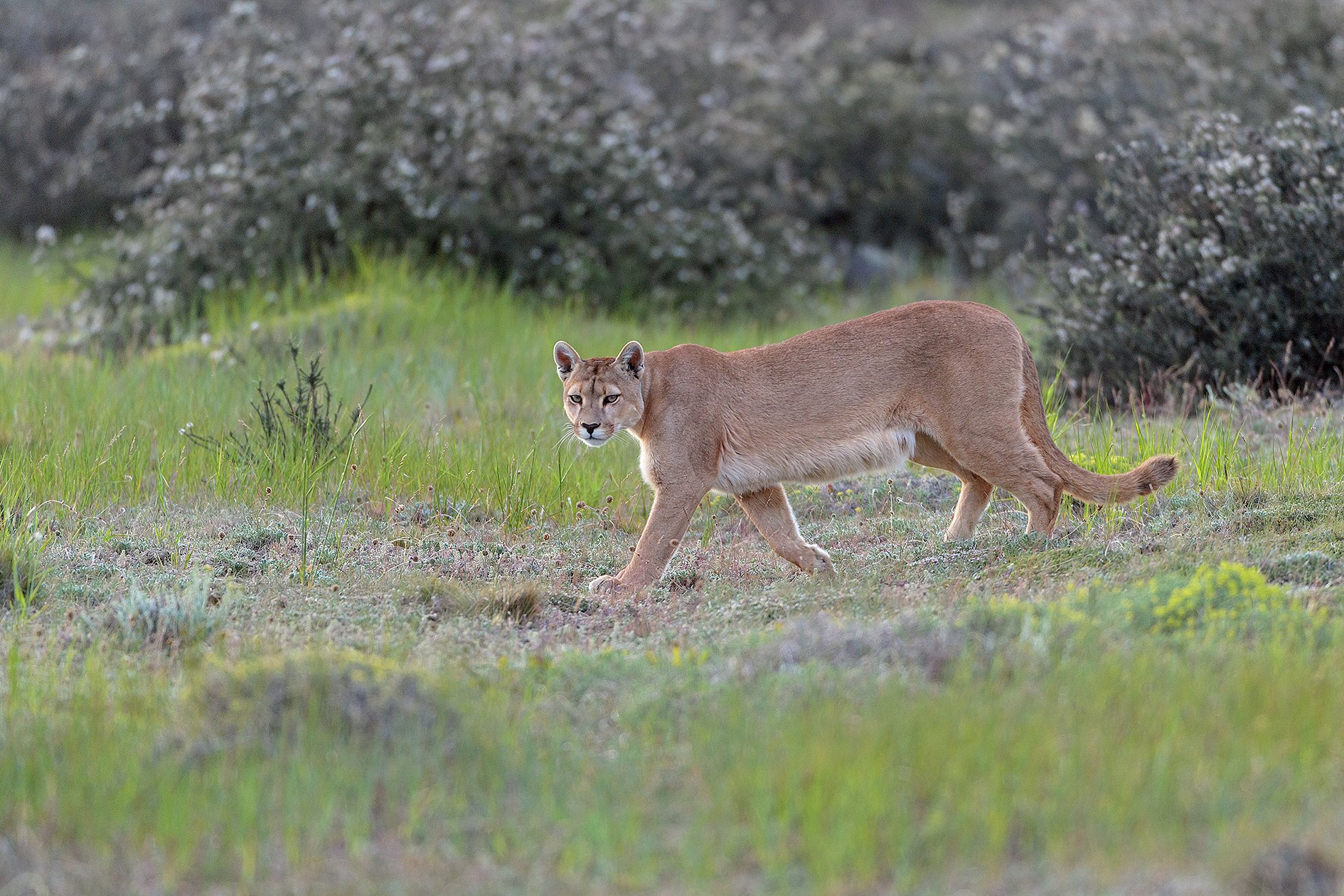Patagonia Chile
Exploring the wilds of Patagonia with Agave Expeditions
In my early 20’s I spent time guiding in Patagonia amongst the towering spires and imposing glaciers of Torres del Paine National Park, Patagonia Chilena. At the southern latitude of 51 degrees, this rugged and timeless landscape played an important role in developing my philosophy towards travel, tourism, and conservation, and I’m excited to announce we’ll be embarking on a new journey to more southernly climes outside the desert expanses of the Baja California peninsula.
Estancia Cerro Guido
Within the limits of South America an “Estancia” is a term used to define a large, private plot of land used for farming along with raising cattle, sheep, and horses. Here at the southern tip of Chile these estancia’s are at the heart of Patagonian culture. Along with their cultural importance they are great places to learn about the natural history of the region as many of these estancias are located in vast ecologically rich corridors. If you know me, you’re aware that I spend a large chunk of my time on ranches in Baja California Sur. Through this time I’ve discovered that if you want to learn, engage with nature, and immerse yourself in a culture, staying (or in my case living) on a ranch is one of the best ways to develop a meaningful connection with landscape and humanity.
This realization has led me back to the Patagonian Steppe where I’m proud to announce Agave Expeditions will be joining forces with Estancia Cerro Guido. During the end of the 19th century, this estancia was born as part of the Tierra del Fuego Exploration Society, the largest cattle network in the history of Chilean Patagonia. To date Cerro Guido still actively runs livestock, differing from the past they hold a progressive orientation towards regenerative agriculture and grasslands land management, seeking to maintain a coexistence between livestock and wildlife. Sitting at 100,000 hectares, Estancia Cerro Guido is one of the largest estancia’s in the region and hosts an exceptional variety of native flora and fauna as it shares a biological corridor with Torres del Paine National Park, a UNESCO World Heritage Site.
Conservation
At the beginning of 2019, Estancia Cerro Guido set itself an ambitious goal: to find a way to make livestock farming compatible with the conservation of biodiversity in one of the most inhospitable regions on the planet, and the southernmost limit of puma populations. Here, historically there has been a conflict between wildlife and livestock. Competition between livestock and local guanaco populations began to emerge and the latter began to be hunted by humans. As a consequence, the puma, finding fewer natural prey to consume, began to prey on domestic livestock, thus beginning a conflict that continues to this day. Over the years, the Estancias grew and occupied wild areas inhabited by the puma, which intensified the interaction. In its beginnings, a single Estancia could lose 10% of its annual production. In retaliation, the pumas began to be hunted down and killed. In the 1920s, records from a single Estancia show that 84 pumas were killed in one year. Despite being legally protected throughout the national territory, the puma continues to be persecuted and hunted. This is a reality that occurs not only in Patagonia but in almost the entire distribution of the feline in the world. At the beginning of the year 2019 the Cerro Guido "puma project" was born. The main objective of this project in its beginnings was to conserve wildlife by maintaining livestock and customs in the area, ultimately seeking coexistence between livestock and wildlife. Eventually the puma project officially became the Estancia Cerro Guido conservation area, being part of a team made up of 3 sectors; ranching, tourism, and conservation. In collaboration with the Estancia's livestock area, the first steps were taken towards livestock management and the implementation of measures to minimize puma predation on sheep, such as working with livestock protection dogs. Then, in 2020, puma research was consolidated through constant field monitoring and the use of camera traps, and Cerro Guido also began a collaborative alliance with the Panthera Foundation -experts in felines around the world, aiming to incorporate scientific research related to the biology, ecology and conservation of the puma on the Estancia. The main objective of the Fundacion Cerro Guido Conservacion is to uphold the coexistence of flora, fauna, and livestock, while preserving the natural and cultural heritage of the region based on a harmonious coexistence among its actors, safeguarding the legacy for future generations and humanity.
Excursions
Estancia Cerro Guido sets the framework for our week spent exploring the surrounding landscapes. Functioning as our all inclusive basecamp, we’ll be utilizing Cerro Guido’s hotel and restaurant, along with their expert local guides and conservationists. With over 100,000 hectares to explore, along with the adjacent Torres del Paine National Park, our week will be full of hiking, wildlife safari’s, horseback riding, and 4x4 exploring. Along with that we’ll also be learning about Patagonian culture on the estancia through interactive tours of the farm, stables, and pastures, while participating in local customs.
The Hotel
The 12 room hotel located on the Estancia was originally built in the 1920’s and has since been restored, allowing us to recreate and rest all within the boundaries of Cerro Guido. The rooms come in either doubles or singles with all basic amenities.
Getting there
Fly into Santiago Chile where we will grab a connecting flight to Punta Arenas. Here the Cerro Guido staff will transport us to the Estancia located 1.5 hours north of the airport.
Rates
For this trip I will be operating at a maximum of 6 people. The price does not include airfare to Punta Arenas, or high end liquor. The price does include all accommodation, meals, alcohol, and excursions for 7 days .
November 11th-17th
$7,000 USD per person
I will be updating this page with further information shortly
Email: agaveexpeditionsbaja@gmail.com for booking and trip inquiries








